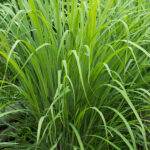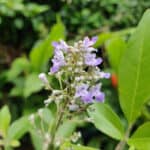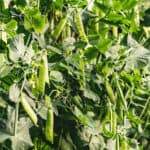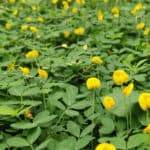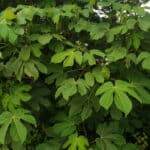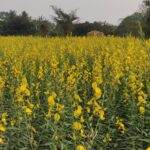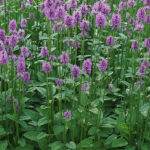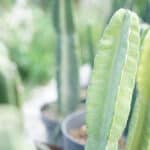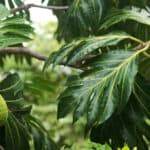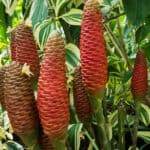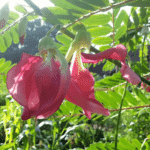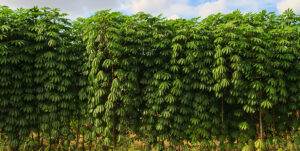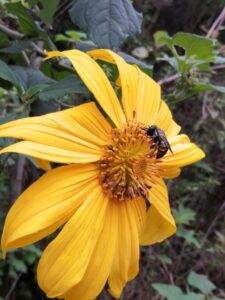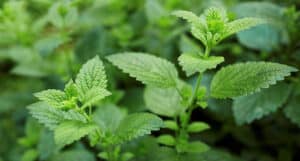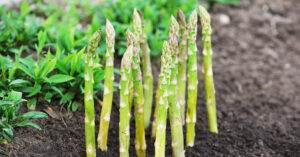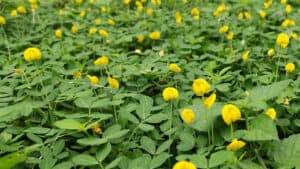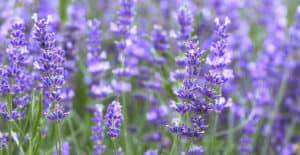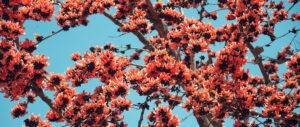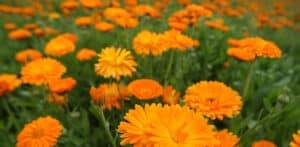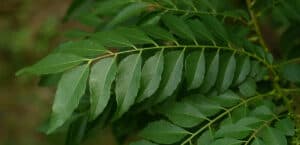Curry Leaf Tree: A Non-negotiable from the Traditional Indian Kitchen Garden
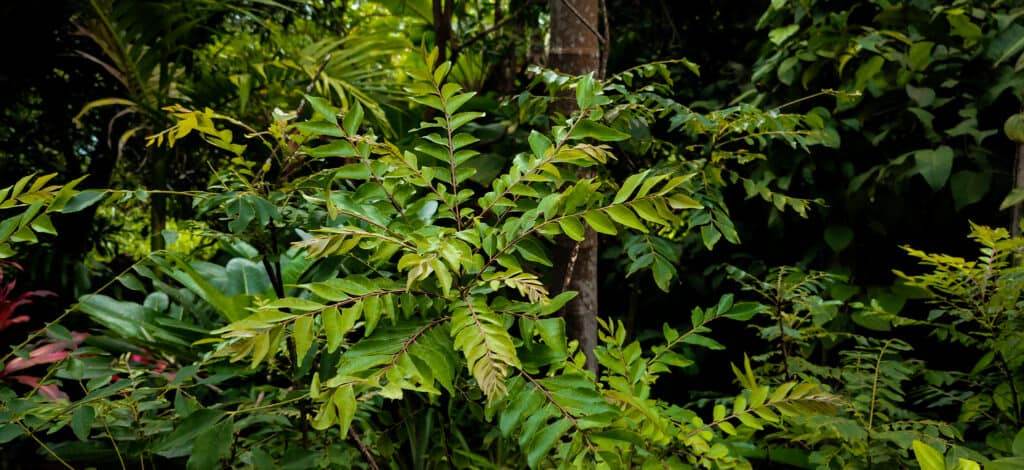
Murraya koenigii, commonly known as the Curry Leaf Tree is an integral part of Indian Kitchen, especially in the Southern and Western parts of the county and further towards Srilanka.
It is a perennial tree belonging to the Rutaceae family. It is a small tree that can grow up to seven feet or taller based on the variety and availability of space and sun. It is native to the Indian Subcontinent and is now cultivated in the rest of the Southasian countries and parts of China, Australia and the Pacific Islands.
Other common names are Curry Bush, Indian Curry Tree, Kerupulai in Tamil, Kadipatta in Marathi, Karipatta in Hindi and more.

The leaves are arranged alternatively on the branch, they are narrow and oval in shape tapering to a point on the outer end, the arrangement of leaves is subopposite, a compound arrangement with about 9-25 small pointy leaflets.
They have a very strong and distinct aroma. By simply plucking a single leaf, one can instantly smell it, sometimes feet away. They have a slightly bitter and pungent smell with an acidic taste that gives a hint of strong flavor when eaten raw. The ability of the leaves to retain their flavor and aroma even after drying is what leads to the usage of the leaves in Indian Masalas which are a blend of dried spices and herbs, stored in powdered form for years.
The tree produces small white fragrant flowers and black-colored berries (when ripe).

It’s one of the first top plants which Indians prefer to grow when they move to a new place or start a kitchen garden in limited space, the number one preferred being Tulsi (Holy Basil). If not directly in the soil, it can be seen growing in pots in urban homes which do not have access to land.

Thus, it can also be introduced as the heart of “Tadka” across South and Western India. A Tadka is a cooking technique that produces infused oil, adding an extra layer of flavor and texture to the dish. The process involves heating a few spoonfuls of oil and adding ingredients to infuse into the oil, the major ones being mustard, curry leaf, garlic, and cumin.
Curry Leaf Tree in Indian Food Forests
This perennial tree has been a part of the Indigenous Kitchen Gardens for ages, it can be spotted either in the front yard or backyard, located near the kitchen for quick access. The leaves are plucked fresh and added to food.
From a regenerative perspective, the tree is another great fit as per its low maintenance and high-yielding properties. It serves the needs of humans, it can propagate by itself, needs very little maintenance and attracts beneficial insects and bees.
The Common Mormon Butterfly, native to the Palearctic and Asia, loves to live on and around curry leaf plants for laying eggs and feeds on the leaves too as they are dependent on the Rutaceae family tree leaves. Looks like they love the leaves as much as the Indians and Srilankans do!
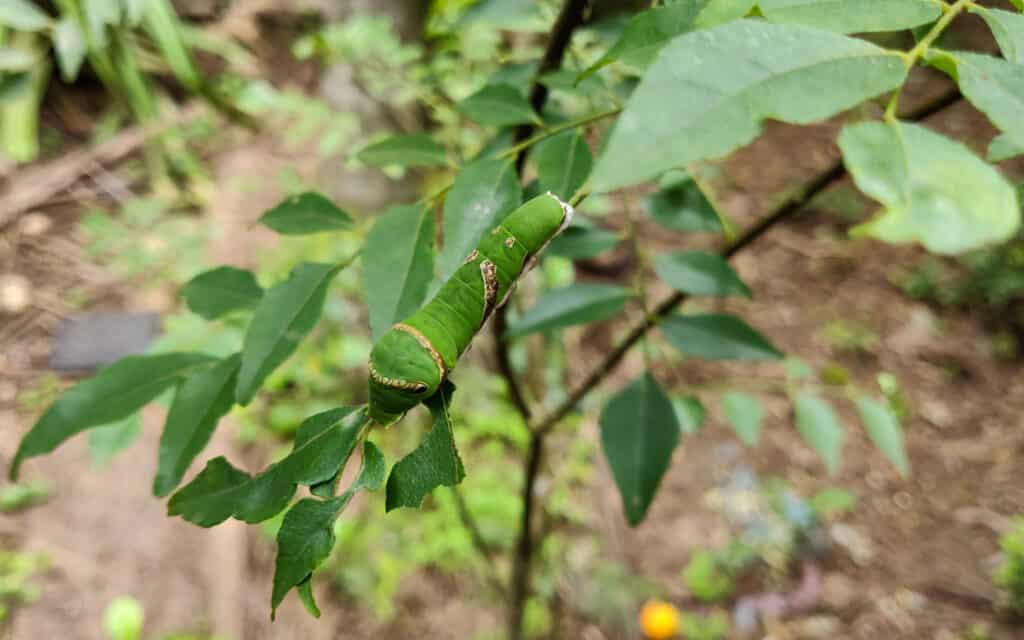
They leave their eggs below the leaves to help protect them from predators. Many times one has to check the leaves by turning them around a bit to ensure that they are eggs-free before adding them to tadka.
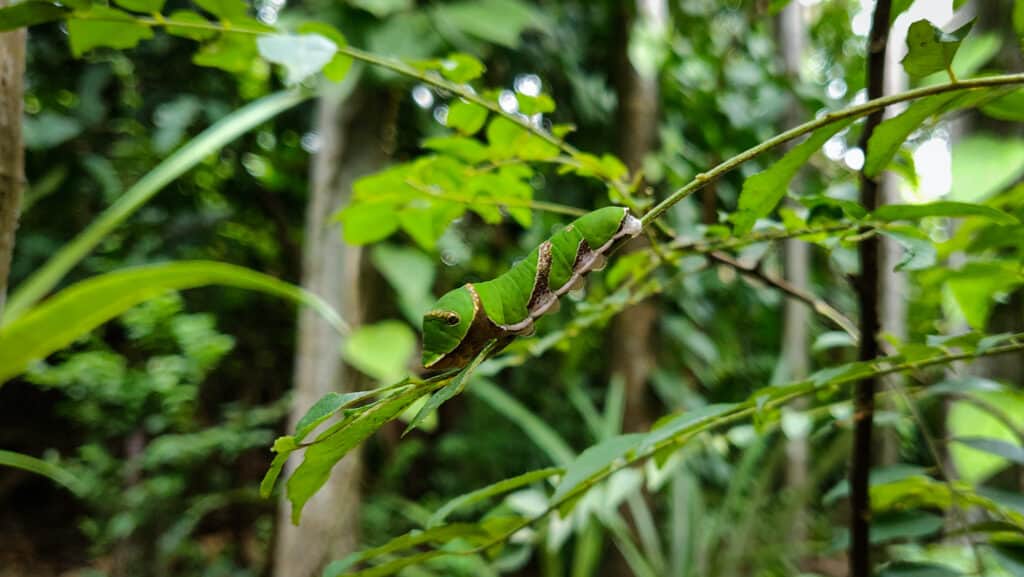
The Common Mormon caterpillars eat up to 10 times their body weight and thus sometimes end up eating all of the leaves of potted plants, especially those that have very limited space to send out root suckers and end up appearing like tiny deciduous trees without leaves.
This is harmless though as the tree ends up developing new health growth eventually. These eaters’ existence is harmless and an excellent indicator of non-toxic plants.

The potential to serve as a host plant and diverse edible and medicinal usage are among the major reasons to include the Curry Leaf Tree in Permaculture Designs for regeneration and sustainability.
Why is Curry Leaf Included in various Indian Recipes?
Curry Leaves are a rich source of antioxidants, energy, fiber, minerals, and vitamins.
They are high in minerals like calcium, phosphorus, zinc, iron, potassium, and magnesium and vitamins like Vitamin B1, Vitamin B2, Vitamin B3, Vitamin B9, Vitamin C, and Vitamin E, which are beneficial to health.
Altogether, the daily inclusion of curry leaves in food is basically treating it like a microdose where a little amount of this nutrient-rich source is included in the everyday diet to help aid various bodily functions, some examples being:
- The Fibre helps regulate gut health and bowel movement.
- Protein, as we know it, is the building block of our body.
- The calcium from the leaves benefits to bone and teeth health.
- Phosphorus helps to cleanse kidneys and relieve muscle cramps.
- The oils present in the leaves have anti-inflammatory, antioxidant and antibacterial properties that help regulate skin and hair health.
Curry leaves help in increasing digestive secretions and relieves nausea, morning sickness and vomiting. They are used as an alternative and natural treatment for illnesses caused due to oxidative damage in human bodies.
The inclusion of curry leaves is beneficial for people with diabetes as they have anti-diabetic properties due to their high fiber content as fiber-rich foods have been found to be beneficial for people with diabetes.

Medicinal Application of Curry Leaves
It aids digestion, and thus you can chew curry leaves when having a stomach ache.
It is also used for treating diarrhea.
As per traditional ayurvedic remedies, curry leaves are used to help reduce blood sugar by consuming them along with black pepper on an empty stomach.
Regular curry leaves intake is recommended to help reduce hair fall and prevent grey hair.
The antibacterial properties help in healing wounds, rashes, boils, and light burns, a paste of the leaves is applied to affected areas. They also aid in the prevention and spread of infections.
Some DIY Curry Leaves Recipes For Hair and Skin
- A paste of curry leaves, turmeric, and curd can be applied to the skin to soothe rashes and skin irritations.
- To increase the quality of your hair, heat some coconut oil and add the leaves to the hot oil along with neem leaves, fenugreek seeds and hibiscus. Use this oil for hair, can be applied an hour or two before hair wash.
- A paste of curry leaves along with a few drops of lemon juice can be used as a hair mask to help strengthen the roots and treat scalp infections.
Curry Leaf Propagation
How to propagate from seeds?
- The ripe fruits need to be harvested.
- They can be planted as it is or by removing the pulp into a well-draining potting mix.
- Further, sow the seeds or place the pots away from the direct hot afternoon sun.
- Water once a week or based on how the potting mix/ soil dries up as too much watering leads to root rot.
Seed Sowing Tip: The seeds need to be planted fresh as the shrivelled fruits are not viable.
When starting from seeds, it takes around 2 years for the plant to establish enough to harvest leaves.
Propagation via root suckers
The plant self-propagates via root suckers.
Say you planted one plant, and after it establishes itself, you can spot new plants growing from root suckers around the main plant.
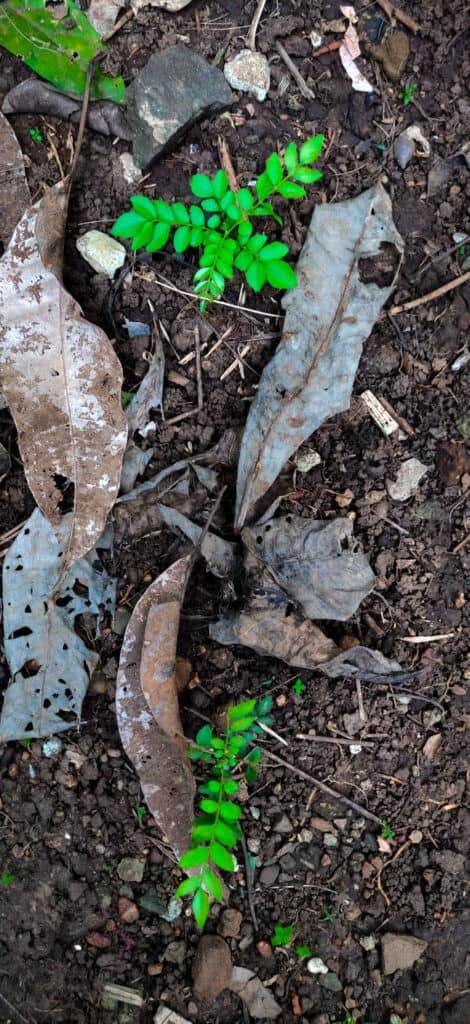
All of these plants can be carefully separated by cutting them off from the main root and propagating them into individual plants.
The separated plants need to be planted in soil or in a nursery instantly.
In India, people usually share these root suckers with the community during monsoon, as the survival rate is high.
Tips on Caring for Curry Leaf Plant
Sun
The plants do well in partial shade and thus can be planted under the canopy of large trees that allow at least 50 percent of sunlight passage as on an average 6 to 8 hours of sunlight is necessary for a curry leaf plant to thrive.
When propagating from seeds, during the initial stage, avoid placing the plant in direct sun.
Soil
The preferred soil type is well-drained, loose and nutrient-rich, thus a similar potting mix can be created for potted plants and when planting directly in the soil, select a well-draining spot for the tree in your farm or garden as the plant cannot stand water logging or too much water in the soil.
It can tolerate in poor soils as well however flourishes with the availability of nutrients and partial shade.
Temperatures
The plant cannot bear temperatures below 5 degrees celsius.
It prefers hot and humid conditions (thrives in tropical and sub-tropical climate zones) and can survive in dry and hot weather provided there’s enough shade and moisture.
Harvesting Tips
If you are growing your plant in a pot and harvesting the leaves daily, ensure that you are supplying the plant with nutrients in the form of compost and other natural fertilizers.
DIY Traditional Fertilizers for Curry Leaf Plant
Apart from compost, one of the traditional Indian methods for fertilizing the plant is using diluted buttermilk to water the plant.
Buttermilk is high in nitrogen, and contains beneficial probiotic bacteria which help the soil microbes grow and its acidic nature is something that the curry leaf tree absolutely loves.
Traditionally, Indians use to wash their buttermilk or curd vessels and use the discarded water for watering the plant.
One needs to ensure that the soil is dry enough when watering with diluted buttermilk water.
Another fertilizer is rice water, it is believed that starchy water helps the soil with vitamin B which is a root growth stimulant. Again, in Traditional Indian Kitchens, one can see this practice of washing unpolished rice and discarding the water in kitchen gardens.
‘Produce No Waste’, is one of the permaculture principles used at its best.
Thus, a Curry Leaf Tree not only adds in abundance yield in a cultivated ecology, but also helps close the loop by accepting waste as fertilizers on a regular basis.
Closing Thoughts on the Curry Tree
The Curry Leaf Tree also helps one build patience and understand the course of nature and accept the slow pace of life. This is usually when the plant loses its mature leaves to the caterpillars or sleeps during winters when the growth is slow or absent. Not disturbing the caterpillars and ensuring a fair share of space and resources with them is how the curry leaf tree helps us understand the essence of permaculture ethics and overall coexistence with nature. Waiting for the plant to wake up to spring or just post its sleeping phase of absent growth helps us understand the pace of nature and the time it takes to replenish itself, it also encourages us to make hay while the sun shines, that is to harvest and store the leaves when they are in abundance to ensure a regular supply and store the energy.
For a plant that carries traditional wisdom as such along with modern applications in form of essential oils and medicine, it becomes important to study this plant further, explore its potential and preserve it by including it in regenerative applications. However, unlike any other plant, the climate zones and behavior need to be observed and precautions need to be taken when introducing the plant to a foreign location.


